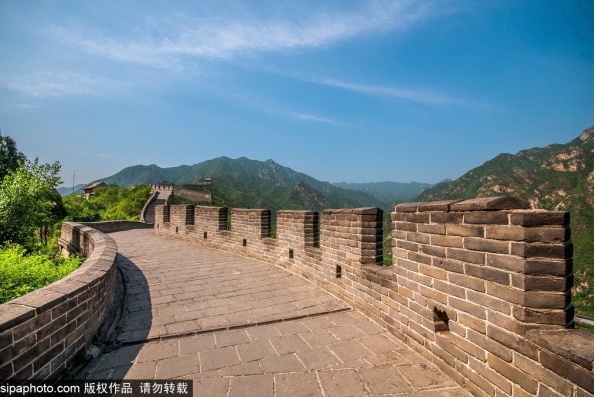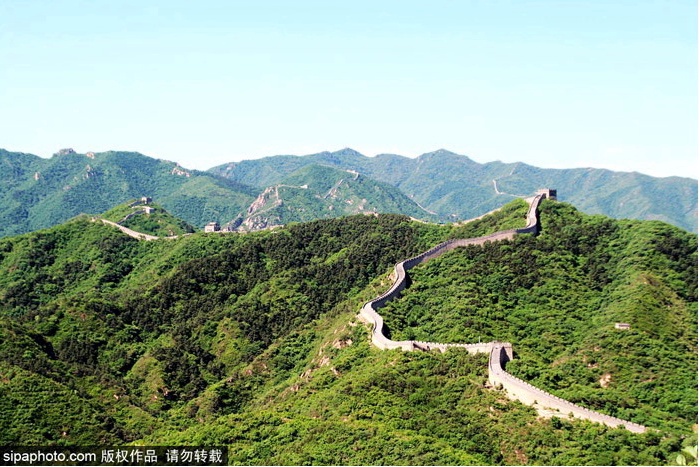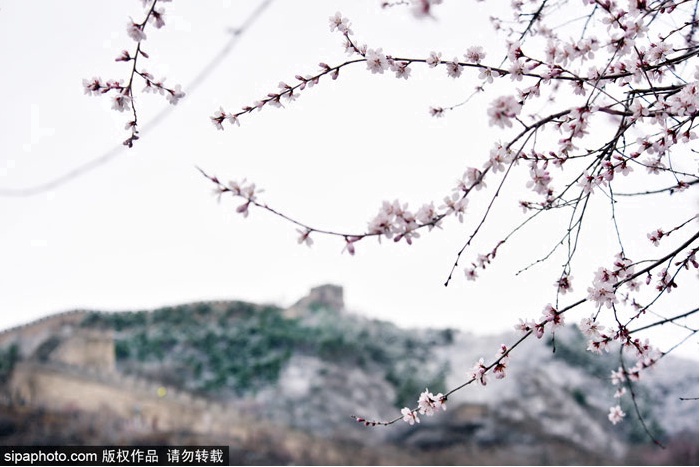The Great Wall is an important geographical and cultural symbol of our country and the spiritual symbol of the Chinese nation. The Great Wall in Beijing was first built in the Northern Qi Dynasty and built in the Ming Dynasty on a large scale. From Pinggu in the east to Mentougou in the west, it passes through six districts of Pinggu, Miyun, Huairou, Changping, Yanqing and Mentougou in Beijing, with a total length of 573km. The architectural remains of the Great Wall of Ming Dynasty in Beijing are preserved in various forms, such as castle, pass, wall, enemy tower, beacon tower, horse retaining wall and barrier wall, among which Badaling Great Wall and Mutianyu Great Wall are national 5A scenic spots.

1.The excellent part of the Great Wall: the Badaling Great Wall
Badaling Great Wall, known as "one of the nine major gateways in the world", is an important part of the Great Wall, a great defense project in ancient China. It is a pass of the Great Wall of Ming Dynasty and an outpost of Juyongguan, an important pass of the Great Wall. In ancient times, it was said that "the danger of Juyong lies not in the pass but in Badaling". It was an important barrier for the capital of Beijing, and has always been a place for strategists to fight for. Badaling Great Wall is the best preserved and most representative of the Great Wall in the Ming Dynasty, so it is the earliest section of the Great Wall open to tourists. The Badaling Great Wall is the excellent part of Ming Great Wall. It is a combination of lofty, precipitous, beautiful and verdant, and well known with the slogan “A man who doesn't reach the Great Wall is not a hero”. It attracts tourists from all over the world.

The overall structure of Badaling Great Wall is trapezoid, narrower in the East and wider in the west, with two East and West gates. The east gate is called "Juyong Waizhen", and the west gate is called "Beimen Suoshi". There are 12 "defense towers" in the section extending northward and 7 "defense towers" in the section extending southward. You can also climb to the Great Wall through south 4th tower, north 4th tower, north 8th tower, and north 11th tower. Among them, south 4th is the best place to view the Great Wall; the north 8th tower is the highest "defense tower", also known as "Guan Ri Tai". The north 8th tower is more than 1500 meters away from Guancheng. As the saying goes, "A man who doesn't reach the Great Wall is not a hero", that is to say, he can only be called a hero if he has to walk here. A cableway is also built between the south 4th tower and the north 8th tower. Tourists who do not want to walk can take the cableway to arrive directly, and then take the cableway to return after playing, which can save physical strength and play leisurely.

The best time to visit is from March to May and from September to November every year. Spring is the most comfortable season in Beijing, and the mountains are full of flowers. Red maple leaves can be seen all over the mountain in autumn. The climate conditions in winter and summer are slightly worse than those in spring and autumn, but the Great Wall covered by snow in winter is more solemn and majestic.

Address: North entrance of Guangou Ancient Road, Jundu Mountain, Yanqing District
Transportation: take Metro Line 8 or line 13, get off at Huoying station; transfer to line S2 at huangtudian station, and get off at Badaling station.
Opening hours: from 9:00-16:00 every day since Tuesday, March 24, 2020.
Areas of opening: at present, only north 6th tower to the south 5th and half tower of Badaling Great Wall are open for sightseeing. Please tour following the designated route. Other areas of Badaling Great Wall, as well as the Shuiguan Great Wall, the Ancient Great Wall and the Great Wall Museum of China are temporarily closed.
Ticket price: 40 yuan/person in peak season; 35 yuan/person in off season.
Ticket purchase: since March 23, 2020, visitors can sign up for the real name system and book tickets
through the WeChat official account of “Badaling Great Wall”, the official website or the official online ticketing system. In order to ensure the health and safety of tourists, the scenic area will carry out flow control according to 30% of the optimum capacity (65000 persons), and make appointments of visiting during two periods, including 9:00-12:30 and 12:30-16:00 every day.
Tel: 010-69122222.



